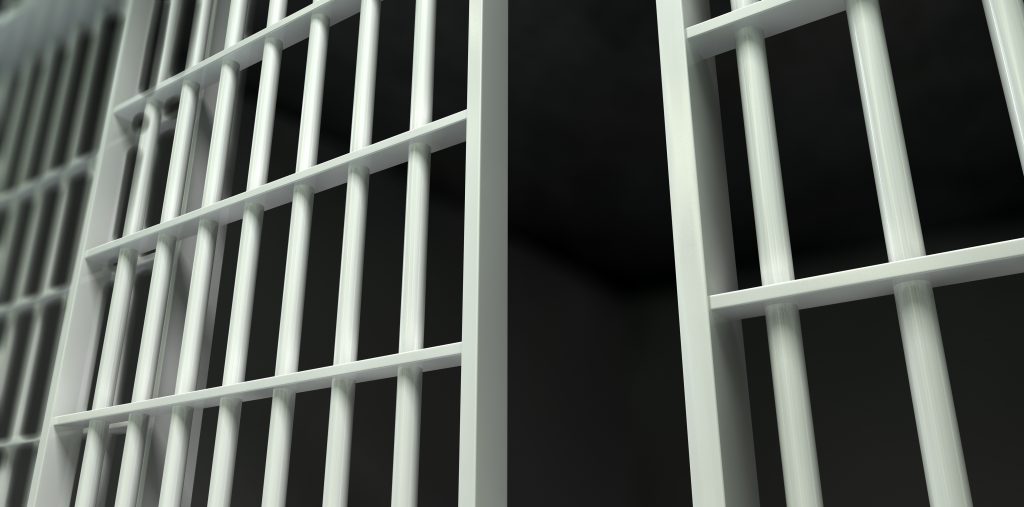Decrease in Incarcerated Population in Response to COVID-19 Increases Need for Re-entry Resources in WV

By Penny De La Cruz and Rylee McNemar
West Virginia’s incarcerated population decreased 12.6% between March 2, and April 20, as the state has been combating the COVID-19 pandemic.
According to the state’s Division of Correction and Rehabilitation numbers, the total number of women has decreased by 22.9%, with 353 women being released from the state’s jails and Lakin Correctional Center. The population of Lakin alone, the only women’s prison in the Mountain state, has decreased by 38 people or 6.5%.
Issues with overcrowding put incarcerated people at extreme risk, should someone introduce the virus to a prison population.
At Lakin Correctional Center, individuals are approved for release monthly and are currently being expedited wherever possible in order to lower population density. According to the Superintendent at Lakin, J.D. Sallaz, no new offenders are being accepted currently.
Across the country, states are adopting emergency policies to prevent unnecessary entry to correction facilities to minimize risk.
In a public statement, Lawrence Messina, the Director of Communications for the West Virginia Department of Military Affairs and Public Safety, which oversees the DCR, said efforts are being made to regularly sanitize high-touch areas and to check the temperature of all staff that enter DCR facilities.
Another measure in the DCR leadership’s playbook is to assess which pre-trial inmates are not a threat to public safety and release them on personal recognizance or reduced bail. This will reduce admissions by postponing sentencing and reducing bail where applicable in order to prevent new people from entering jails and prisons.
Courts across the state are also attempting to host video conference trials in place of in-person ones whenever possible.
“[The] Division of Corrections and Rehabilitation also continues to weigh release options within its authority under state law, with a particular focus on decreasing population density,” Messina said.
In addition to measures to prevent the spread of the disease, the DCR is also working with its telecommunications services to provide inmates with video visitations and phone calls to allow them to communicate with their families in light of a temporary ban on physical visitation.
While the COVID-19 pandemic has impacted everyone around the world, those who are leaving jails and prisons in the state of West Virginia are being faced with a new set of obstacles.
Beverly Sharp, Director of Reentry Initiatives through the West Virginia Council of Churches, said since the statewide stay-at-home order on March 24, the requests for support have increased. Sharp said help with housing is one of the most common.
Vanessa Moser is a formerly incarcerated woman, who serves as a volunteer peer counselor at Marie’s Recovery House in Wayne County. She said one woman at the facility, who was transitioning out of the recovery center, has had to put that transition on hold because the building where she planned to move stopped taking new tennants during the state’s shut down.
Another common request the Reentry Councils have been getting is for computers. According to Sharp, without access to this technology, those reentering societies have no way to apply for jobs, benefits, social security cards, or to finish GED classes.
“One of the biggest needs has been [needing] access to computers,” Sharp said. “A lot of times people that are returning to the community have access to public computers through service agencies, public libraries, service providers, and all those areas are shuttered right now.”
The search for jobs is more difficult now than ever with so many Americans out of work. Formerly incarcerated people typically have a much more difficult time finding work and are 27% more likely to be unemployed according to the Prison Policy Initiative.


